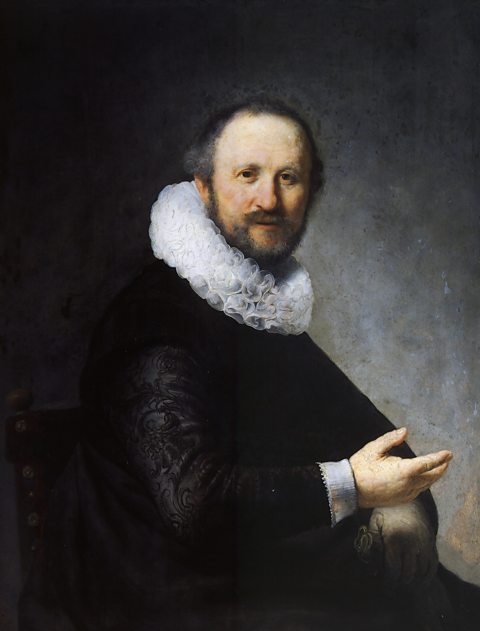Visual texture
Visual texture refers to the artist using their skill to create the illusion of an object's texture.
A still life may have a bottle, an orange and a flower. An artist will use their materials and media in a way which will try and make the bottle look smooth, the orange look bumpy and the flower soft, thin and delicate.

The Old Violin (William Michael Harnett, 1886) is a trompe l’oeilA “trick of the eye” created by techniques that show a subject so accurately that it seems real.. Visual texture has been used to recreate the texture and form of the subject as realistically as possible.
The smooth shine of the violin, the way the sheet music hangs forward, the chipped and worn paint, rough rusty metal and the creased envelope are all painted in great detail and with great accuracy.
The image looks as if it would feel just like the real objects and surfaces it shows.

Another area where realistic visual texture is often used is portrait painting. An artist may try to recreate the smooth skin of a younger model or the lines and wrinkles of an older subject.

In Rembrandt’s Portrait of a Sitting Man (1631), you can clearly see the realistic detail not only in the lines and wrinkles around the eyes but in the texture of the hair.
There is even a highlight added to the eye to communicate its shiny, wet texture.
The style Rembrandt has adopted shows that he is trying to recreate realistic skin, hair and even clothing textures.
